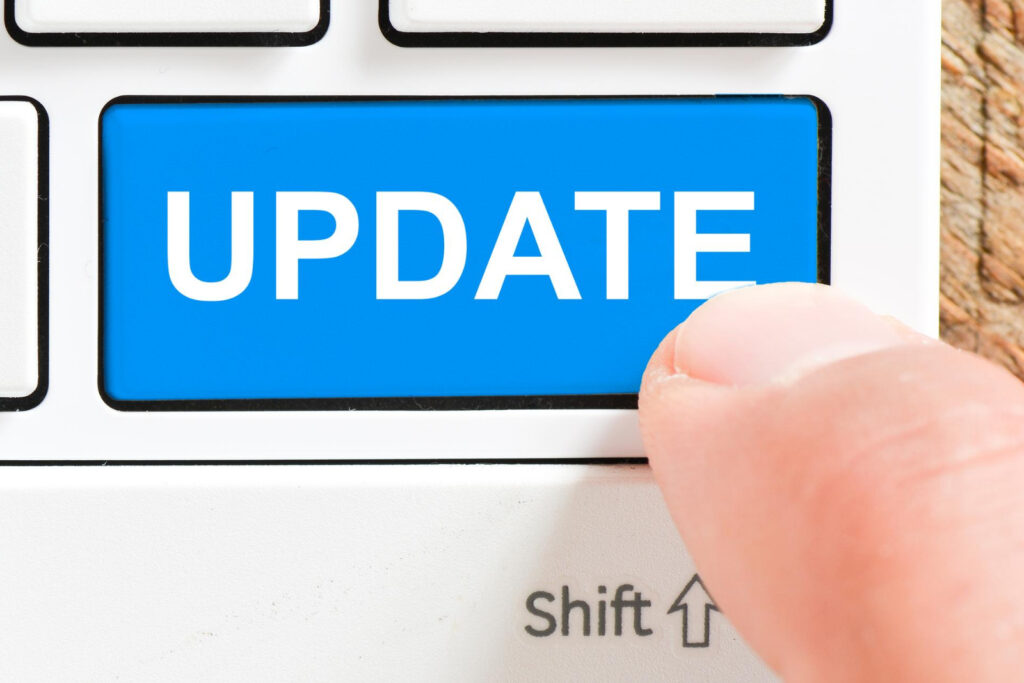Microsoft has released an urgent security patch for all supported versions of Windows, addressing a critical zero-day vulnerability that attackers have already exploited. This flaw could grant full access to an attacker on unpatched systems. Therefore, immediate action is required to ensure your computer's and data's safety.
Kaspersky Uncovers the Nokoyawa Ransomware Connection
Russian cybersecurity firm Kaspersky has discovered that the zero-day vulnerability was being leveraged to deploy Nokoyawa ransomware, primarily targeting businesses in Asia, North America, and the Middle East. Nokoyawa encrypts files on the targeted system and threatens to leak them if the victim refuses to pay the ransom. TechCrunch reports that data restoration is not guaranteed even after the ransom is paid.
CISA Calls for Immediate Action to Secure Systems
The Cybersecurity and Infrastructure Security Agency (CISA) has added the now-patched vulnerability to its list of known exploits and urged all agencies to update their systems before May 2. The patch released Tuesday fixes nearly 100 bugs, including severe ones like remote code execution vulnerabilities.
Windows 7/8/8.1 Users Left Vulnerable as Support Ends.
The latest updates only apply to Windows 10 and 11 operating systems. Windows 7/8/8.1, which reached end-of-life in January, no longer receive these critical security patches, making them increasingly dangerous. If you are still running an older version of Windows, consider upgrading to Windows 10, as most older PCs can comfortably run the updated operating system.
How to Update Your Windows System Immediately
By default, the updates released by Microsoft are installed automatically. However, you can expedite the process by manually checking for updates in Windows Update or disabling update deferral to protect your computer as soon as possible.
Protecting Your Business from Future Ransomware Attacks
In addition to applying the latest Windows security updates, it is essential to establish a robust cybersecurity framework to defend against future ransomware attacks. Consider implementing the following measures:
- Regularly back up data: Ensure that all critical data is backed up regularly, both on-site and off-site, to minimize the impact of a ransomware attack.
- Educate employees: Train employees on recognizing phishing emails, avoiding suspicious downloads, and reporting potential security breaches.
- Keep software updated: Maintain a strict schedule for updating all software, including operating systems and antivirus solutions, to minimize vulnerabilities.
- Use strong passwords and multi-factor authentication: Implement robust password policies and multi-factor authentication (MFA) to reduce unauthorized access to your systems.
- Establish a disaster recovery plan: Create a comprehensive disaster recovery plan outlining the steps to be taken during a ransomware attack, including restoring data from backups and notifying the appropriate parties.
In conclusion, applying the latest Windows update as soon as possible is vital to protect against the zero-day vulnerability that attackers have actively exploited. Furthermore, businesses should take proactive measures to safeguard their systems and data against future ransomware attacks, including regular data backups, employee education, software updates, and the implementation of strong passwords and multi-factor authentication. Finally, establishing a disaster recovery plan is crucial in ensuring your organization is prepared to respond effectively to potential cybersecurity incidents.

